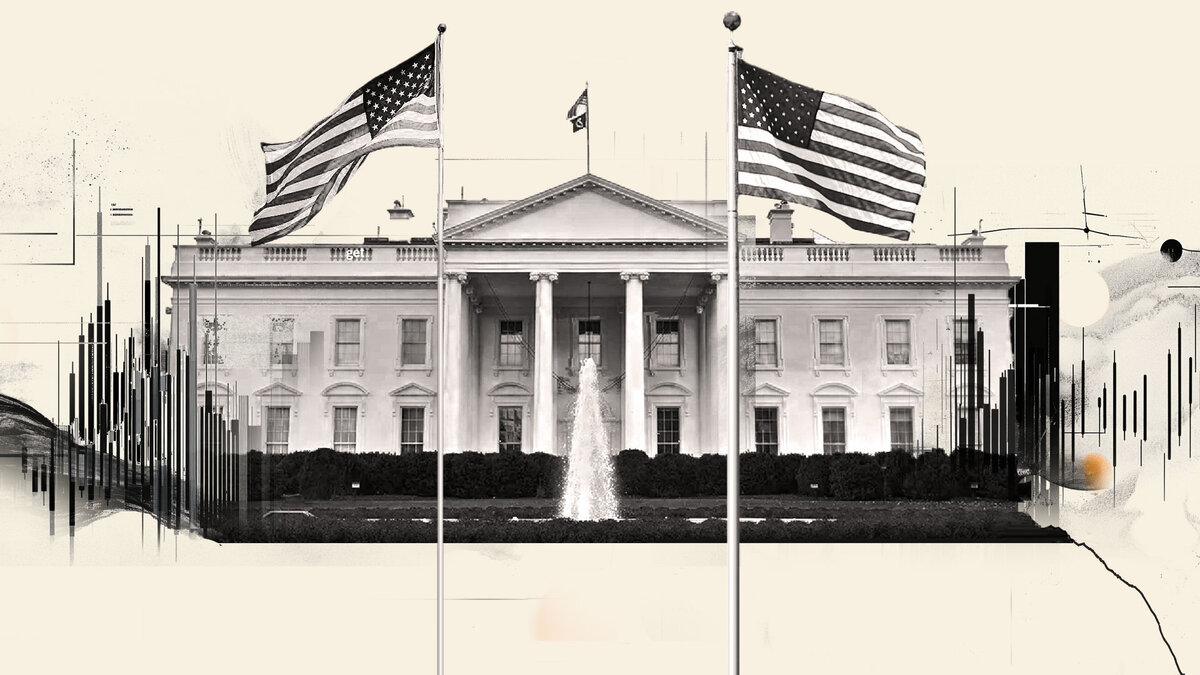Weekly focus: US budget bill not so ‘beautiful’ if you ask the bond market

The US House managed to pass the budget bill with a slim majority of just one vote on Thursday. Cuts to spending on medicare and food stamps flipped the last votes in favour of the bill, which also includes an extension of the 2017 tax cuts, and adds further tax cuts. US President Donald Trump calls it his 'one, big, beautiful bill' and while bond markets agree it is big they do not see it as 'beautiful'. The budget bill has added further steam to the rise in long bond yields following last week's downgrade by Moody's. US 30-year bond yields pushed to a new high of 5.15% on Thursday, close to the highest yield in 18 years and around 80bp above a 30-year Greek government bond yield. The anxiety over rising yields spilled into weaker US equity markets as well as a lower USD. The bill now goes to the Senate where it will take some time to pass and any changes must go back to the House for approval again, which means it could still take some time before it is all done and ready to be signed by Trump. On the data front US PMIs surprised to the upside but a sharp uptick in the inventory component suggests it is related to front loading of imports and production. This week we moved our call for the next Fed cut to September, but we still see gradual rate cuts after that until rates are around neutral at 3.25%.
Turning to Europe, PMIs for May were a mixed bag with PMI manufacturing rising from 49.0 to 49.4 while PMI service dropped yet again from 50.1 to 48.9, the lowest in more than a year. With the service sector being the biggest part of the economy, the declining activity is a concern. On Monday, the EU Commission lowered their inflation forecast for 2026 to 1.7% from 1.9%. Since the ECB uses a similar model as the Commission it would suggest we see a comparable revision at their upcoming June meeting. Markets now price a 95% probability of a rate cut at the meeting and one further cut by year-end. We expect two further cuts after June as downward pressure on inflation continues due to falling wage pressure, lower oil prices and China exporting deflation.
Chinese data for April was soft but spending may have been affected by the massive escalation of the trade war at the time. Activity is set to increase over the next three months as exports surge in the 90-day truce period and stimulus support demand. Oil prices moved lower again this week to USD64 per barrel from USD67 a week ago as OPEC+ members are weighing a third output increase in July after raising it in both May and June.
Not much happened on the trade talks agenda. After a successful meeting between US and China 10 days ago, frictions have returned. China stated that a US guideline on banning Huawei AI chips globally undermined the consensus reached at the talks. We still see a bumpy road ahead in US-China trade talks and a long way to a real deal. US is negotiating with a long list of other countries but apart from UK, we still wait for new deals. EU sent a new proposal to the US ahead of talks on Thursday this week.
Next week is quiet on the news front. Main releases are US consumer confidence, euro inflation expectations from ECB, US consumer spending and any news on trade talks. The following week we get more action again with ECB meeting on 5 June and US non-farm payrolls on 6 June. Chinese PMIs and US ISM manufacturing is also due.
Author

Allan von Mehren
Danske Bank A/S

















